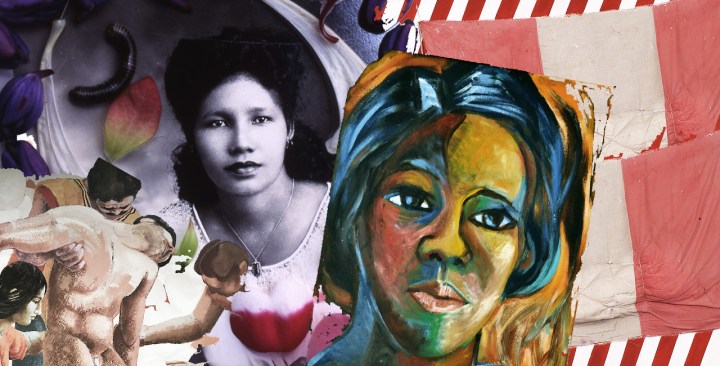New Massive SoCal Latino Art Initiative Is Exposing More People to the Word “Latinx”

Art by Alan López for Remezcla
Across the Latinernet, the word “Latinx” has provoked many heated arguments. And with this week’s start of Pacific Standard Time: LA/LA, which through dozens of exhibitions looks at the connection between Latin America and Los Angeles, Latinx is set to become more ubiquitous. As The New York Times reports, curators are embracing the term and similar words like Chicanx, and prominently featuring it in panel titles and to pepper exhibition pamphlets. Through LA:LA, many museum attendees will become acquainted with a term that has made a splash in the Latinx community in the last few years.
For some in our heterogeneous community – which has for decades struggled to reach a consensus on whether the best way to refer to ourselves is Latino or Hispanic – the introduction of the word Latinx is confusing and unnecessary. They argue that the gendered term Latino can sufficiently define all of us. And while Latino does an effective job at grouping a large number of men and women with Latin American origins, it does pose its own set of problems.
For one, the moment one man joins a crowd made up entirely of women, they collectively become Latinos, which shows an unfair bias toward the male gender. It’s one reason that the word Latin@ became so important. But Latin@, which only defines masculine and feminine identities, excludes those that identify as agender, gender fluid, gender non-conforming, gender questioning, nonbinary, and genderqueer. It’s why the word Latinx – which has existed (at least online) since 2004 – is so imperative.
And though LA:LA may not change anyone’s mind about the necessity of the word (even among museum officials there was discussion whether it should be Latino or Latinx), it will expose more people, especially those not part of the community, to the term. After all, the Getty Foundation-funded project is the reason the NYT wrote an explainer piece about the term. (A search through the NYT finds that the publication has employed it in other articles, but never thoroughly explored its significance.) Pacific Standard Time: LA/LA is made up of more than 70 exhibitions housed in museums in Southern California. The art initiative’s organizers aren’t using Latinx, but with the number of curators that have welcomed the term, it’s moving toward more mainstream visibility.
Read more about how the art world is embracing the term at The New York Times.